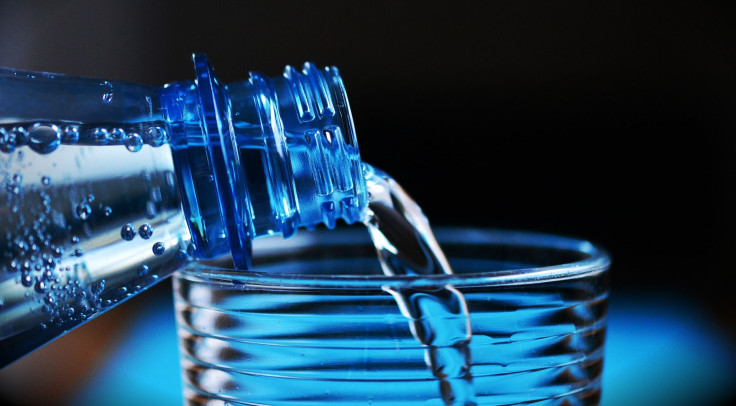New Method To Make Salty Water Safe To Drink Developed By Scientists
KEY POINTS
- Researchers from Australia developed a new desalination method
- The method meets the standards set by WHO for good quality drinking water
- The new method is safer and more efficient than other desalination techniques, the researchers said
A group of researchers revealed that they developed a new method of converting seawater or brackish water into clean and safe drinking water. The researchers noted that their method is more efficient than other known desalination procedures.
The new desalination method was developed by researchers from Monash University in Australia. Details of their findings were presented in a new study published in the journal Nature Sustainability.
In the study, the scientists explained that they came up with the new desalination process using sunlight and metal-organic frameworks (MOF). MOFs are highly porous compounds that mainly consist of metal ions.
Their method works by purifying seawater or brackish water using a combination of MOF materials and sunlight. By removing the salt properties in the water, the researchers are able to create safe drinking water.
Further analysis revealed that the researchers’ new desalination method meets the standards set by the World Health Organization (WHO). According to WHO, good quality drinking water should have a total dissolved solids (TDS) volume of less than 600 parts per million.
Using the new desalination method, the researchers were able to achieve a TDS volume of less than 500 parts per million in their water samples.
The researchers noted that they were able to successfully convert seawater into drinking water in just 30 minutes. Then, after about four minutes, the MOF materials that they used to absorb the salt properties in the water, released all of the salt ions they have soaked up, allowing them to be reused again for desalination.
Chemical engineer Huanting Wang, the lead author of the study, said that the new method he and his colleagues developed is more efficient than other desalination techniques.
“Thermal desalination processes by evaporation are energy-intensive, and other technologies, such as reverse osmosis, has a number of drawbacks, including high energy consumption and chemical usage in membrane cleaning and dechlorination,” he said in a statement.
“Sunlight is the most abundant and renewable source of energy on Earth,” Wang added. “Our development of a new adsorbent-based desalination process through the use of sunlight for regeneration provides an energy-efficient and environmentally-sustainable solution for desalination.”
The researchers believe that the new method they created can be used as a safe and efficient solution in providing drinking water to areas with severe water shortages.

© Copyright IBTimes 2024. All rights reserved.





















